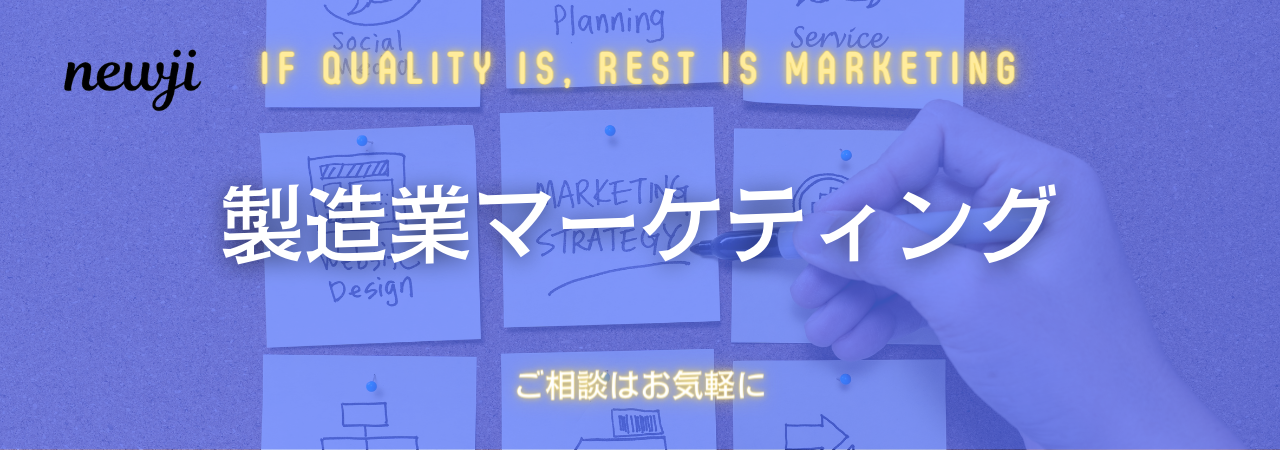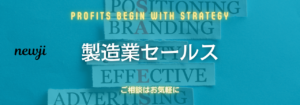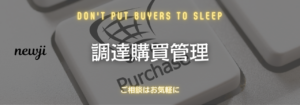- お役立ち記事
- Transforming Modern Electronics: Unleashing the Potential of Silicon-on-Insulator (SOI) Technology for Enhanced Industry Recognition and Market Expansion

Transforming Modern Electronics: Unleashing the Potential of Silicon-on-Insulator (SOI) Technology for Enhanced Industry Recognition and Market Expansion

目次
Introduction to Silicon-on-Insulator (SOI) Technology
Silicon-on-Insulator (SOI) technology has emerged as a transformative force in the realm of modern electronics. By integrating a layer of insulator material between the silicon substrate and the active device layer, SOI offers numerous advantages over traditional bulk silicon technologies. This article delves into the potential of SOI technology, exploring its benefits, challenges, and its role in enhancing industry recognition and market expansion.
The Fundamentals of SOI Technology
SOI technology structures electronic devices by placing a thin layer of silicon on top of an insulating layer, typically silicon dioxide. This configuration contrasts with conventional bulk CMOS structures, where devices are built directly on a silicon wafer. The insulating layer in SOI serves several critical functions, including reducing parasitic capacitance, minimizing leakage currents, and improving overall device performance.
Types of SOI Wafer Implementations
There are primarily two types of SOI wafer implementations:
1. Partially Depleted SOI (PD-SOI)
PD-SOI wafers have a relatively thick buried oxide layer, which allows for partial depletion of the silicon layer beneath the transistor. This structure offers a balance between performance and cost, making it suitable for a wide range of applications.
2. Fully Depleted SOI (FD-SOI)
FD-SOI wafers feature a thinner silicon layer, enabling full depletion of the silicon channel. This results in lower power consumption and higher switching speeds, making FD-SOI ideal for high-performance and low-power applications.
Advantages of SOI Technology
SOI technology brings a host of benefits to the electronics industry, positioning it as a preferred choice for various high-performance applications.
Enhanced Performance
The insulating layer in SOI reduces parasitic capacitance, leading to faster switching speeds and higher operational frequencies. This enhancement is crucial for applications requiring rapid data processing and high-speed communication.
Lower Power Consumption
SOI devices exhibit reduced leakage currents due to the insulating layer, resulting in lower static power consumption. This attribute is particularly beneficial for battery-powered devices and large-scale data centers aiming to minimize energy usage.
Improved Thermal Management
The insulating layer in SOI wafers aids in heat dissipation, allowing devices to operate at higher temperatures without performance degradation. Effective thermal management extends the lifespan of electronic devices and ensures reliable operation under demanding conditions.
Radiation Hardness
SOI technology offers enhanced resistance to radiation-induced soft errors, making it suitable for aerospace and military applications where reliability under extreme conditions is paramount.
Challenges Associated with SOI Technology
Despite its advantages, SOI technology faces several challenges that impact its widespread adoption.
Higher Manufacturing Costs
The production of SOI wafers involves additional processing steps and materials, leading to higher manufacturing costs compared to bulk silicon wafers. This cost factor can be a barrier for manufacturers, especially in price-sensitive markets.
Integration Complexity
Integrating SOI wafers into existing manufacturing processes can be complex. It requires specialized equipment and expertise, which may necessitate significant investment in process development and training.
Limited Ecosystem Support
While SOI technology is gaining traction, the ecosystem of complementary technologies, tools, and design methodologies is still developing. Manufacturers may face challenges in sourcing compatible components and finding skilled professionals familiar with SOI processes.
Market Trends and Technological Advancements
The electronics industry is witnessing significant trends that influence the adoption and evolution of SOI technology.
Rise of 5G and Beyond
The deployment of 5G networks demands high-speed, low-latency electronics. SOI technology, with its superior performance characteristics, is well-positioned to meet these requirements, driving its adoption in communication infrastructure.
Growth of Internet of Things (IoT)
The proliferation of IoT devices necessitates low-power, high-efficiency electronics. FD-SOI, in particular, caters to these needs by offering reduced power consumption and enhanced performance, making it a preferred choice for IoT applications.
Advancements in Semiconductor Manufacturing
Continuous innovations in semiconductor manufacturing, such as FinFET and Gate-All-Around (GAA) transistors, complement SOI technology. These advancements enable further miniaturization and performance improvements, expanding the applicability of SOI in cutting-edge devices.
Case Studies: SOI Technology in Action
Examining real-world applications of SOI technology highlights its practical benefits and impact on various industries.
Apple’s A-Series Chips
Apple has incorporated SOI technology in its A-series chips, leveraging the benefits of reduced power consumption and enhanced performance. This integration has contributed to the efficient operation of iPhones and iPads, offering users extended battery life and smooth multitasking capabilities.
Broadcom’s Networking Solutions
Broadcom utilizes SOI technology in its high-speed networking chips to achieve superior data processing speeds and low power consumption. These chips are integral to data centers and telecommunication infrastructure, supporting robust and reliable network performance.
Automotive Electronics
In the automotive sector, SOI technology is employed in advanced driver-assistance systems (ADAS) and electric vehicle (EV) power management. The reliability and efficiency of SOI-based components ensure safe and efficient operation of automotive electronics under varying environmental conditions.
Strategic Implications for Manufacturers
Adopting SOI technology can have profound strategic implications for manufacturers aiming to enhance their competitive edge and expand their market presence.
Enhancing Product Differentiation
By integrating SOI technology, manufacturers can develop high-performance, energy-efficient products that stand out in the market. This differentiation can attract discerning customers seeking advanced electronic solutions.
Expanding into New Markets
SOI’s superior performance characteristics enable manufacturers to explore new market segments, such as 5G infrastructure, IoT devices, and automotive electronics. Diversifying product offerings can lead to increased market share and revenue growth.
Building Industry Recognition
Leading the adoption of innovative technologies like SOI can bolster a manufacturer’s reputation as a technology leader. Enhanced industry recognition can open doors to strategic partnerships and collaborations, further driving business growth.
Optimizing Manufacturing Processes for SOI
To fully harness the potential of SOI technology, manufacturers must optimize their manufacturing processes and align them with the unique requirements of SOI wafers.
Investing in Specialized Equipment
SOI manufacturing necessitates specialized equipment for wafer bonding, thinning, and handling the insulating layers. Investing in state-of-the-art machinery is essential to ensure high-quality SOI wafers and efficient production workflows.
Developing Skilled Workforce
A skilled workforce is crucial for successful SOI integration. Training programs and knowledge-sharing initiatives can equip engineers and technicians with the expertise needed to manage SOI-specific processes and troubleshoot potential issues.
Implementing Robust Quality Control
Maintaining stringent quality control measures ensures the reliability and performance of SOI-based devices. Implementing advanced inspection and testing protocols can identify defects early in the production process, minimizing waste and enhancing product quality.
Economic Considerations and Return on Investment
Manufacturers must weigh the economic aspects of adopting SOI technology to ensure favorable return on investment (ROI).
Cost-Benefit Analysis
A comprehensive cost-benefit analysis helps manufacturers assess the financial viability of SOI adoption. While initial costs may be higher, the long-term benefits of enhanced performance, lower power consumption, and market expansion can outweigh the expenses.
Scalability and Volume Production
Achieving economies of scale through high-volume production can mitigate the higher costs associated with SOI wafers. As demand for SOI-based products grows, manufacturers can optimize their production processes to achieve cost efficiencies.
Funding and Incentives
Exploring funding opportunities and government incentives for advanced manufacturing technologies can provide financial support for SOI integration. Leveraging such resources can reduce the financial burden and accelerate the adoption timeline.
The Future of SOI Technology in Electronics
The trajectory of SOI technology in the electronics industry points towards continued innovation and broader adoption.
Integration with Emerging Technologies
SOI technology is poised to integrate seamlessly with emerging technologies like artificial intelligence (AI), machine learning (ML), and quantum computing. These integrations will drive the development of intelligent and high-performance electronic systems.
Advancements in SOI Materials
Ongoing research into alternative insulating materials and silicon variants can further enhance the properties of SOI wafers. Material innovations can lead to improved device performance, reduced costs, and expanded application domains.
Sustainability and Green Electronics
As the industry moves towards sustainable practices, SOI technology aligns with green electronics initiatives by enabling energy-efficient devices. Manufacturers can leverage SOI to develop environmentally friendly products, catering to the growing demand for sustainable technologies.
Conclusion
Silicon-on-Insulator technology stands at the forefront of modern electronics, offering unparalleled performance, energy efficiency, and reliability. While challenges such as higher manufacturing costs and integration complexities exist, the long-term benefits and strategic advantages make SOI a compelling choice for forward-thinking manufacturers. By embracing SOI technology, companies can enhance their industry recognition, expand into new markets, and drive innovation in the ever-evolving landscape of electronics.
 資料ダウンロード
資料ダウンロード
QCD管理受発注クラウド「newji」は、受発注部門で必要なQCD管理全てを備えた、現場特化型兼クラウド型の今世紀最高の受発注管理システムとなります。
 NEWJI DX
NEWJI DX
製造業に特化したデジタルトランスフォーメーション(DX)の実現を目指す請負開発型のコンサルティングサービスです。AI、iPaaS、および先端の技術を駆使して、製造プロセスの効率化、業務効率化、チームワーク強化、コスト削減、品質向上を実現します。このサービスは、製造業の課題を深く理解し、それに対する最適なデジタルソリューションを提供することで、企業が持続的な成長とイノベーションを達成できるようサポートします。
 製造業ニュース解説
製造業ニュース解説
製造業、主に購買・調達部門にお勤めの方々に向けた情報を配信しております。
新任の方やベテランの方、管理職を対象とした幅広いコンテンツをご用意しております。
 お問い合わせ
お問い合わせ
コストダウンが利益に直結する術だと理解していても、なかなか前に進めることができない状況。そんな時は、newjiのコストダウン自動化機能で大きく利益貢献しよう!
(β版非公開)






